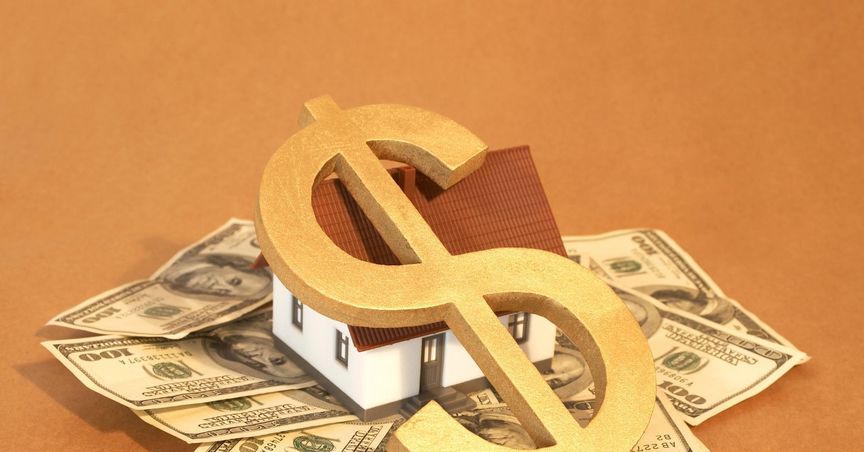Highlights
- The recent boom in housing prices has emerged as a major concern for the Australian Treasurer.
- The surge in home prices was fuelled by an increase in debt as record-low interest rates made larger loans more affordable.
- The treasurer is now contemplating a crackdown on home loans to minimise risks emanating from the situation.
The recent boom in housing prices has emerged as major concern for the Australian Treasurer Josh Frydenberg. The surge in home prices, fuelled by an increase in debt as record-low interest rates made larger loans more affordable, was even discussed at a regulators' meeting last Friday.
The risk has increased to an extent that more than one in five home buyers are borrowing more than six times their income. The major concern is that some borrowers may not be able to repay in case the interest rates rise, or they lose their jobs.
The treasurer is now contemplating a crackdown on home loans to minimise risks emanating from the situation.
In the past year, the value of a typical Australian home has surged over 18%. Several Australian cities have witnessed even larger price jumps.
Home loan data
In the June quarter, the number of new residential mortgages where debt was at least six times greater than income climbed to 21.9%, up from 16% in the corresponding quarter of previous year.
The boom in borrowing activity was initially led by end-users. However, investors took over the trend in the recent past.
According to the July figures, the new loans to landlords rose 1.8% on-month, compared to a decline in owner-occupier lending. These new loans nearly doubled in value from a year earlier.
What to expect
Now, with Treasurer Josh Frydenberg having given financial regulators a go-ahead to consider clamping, investors would be a worried lot since they are more likely to take on more debt.
It is currently difficult to predict what exactly regulators would do. During 2012-17 property boom, property investors were the specific targets of the Australian Prudential Regulation Authority’s (APRA):
APRA had taken two major decisions during the time:
- It rolled out a 10% cap on annual investor lending growth during late 2014.
- Then in early 2017, it introduced a 30% cap on new interest-only lending as a proportion of all new home loans.

Image Source: © Sarawutnirothon |Megapixl.com
Meanwhile, in the first eight months of this year, the median housing values across the country have risen 15.8%, according to CoreLogic’s index. The values are up 18.4% in the past year. Housing prices have seen the fastest annual growth since 1989.
“In dollar terms, the annual increase in national dwelling values equates to approximately $103,400, or $1990 per week,” CoreLogic research director Tim Lawless said.
Bottom Line
Considering the ongoing rise in house prices, the clampdown is possible anytime soon. However, what measures are taken by the regulators would only be clear when announced.
RELATED ARTICLE: US stocks close in red on gloomy economic outlook
RELATED ARTICLE: A look at four ASX-listed mid-cap medical stocks
RELATED ARTICLE: Tech Dividend stocks to explore- DDR, RKN, ADA



